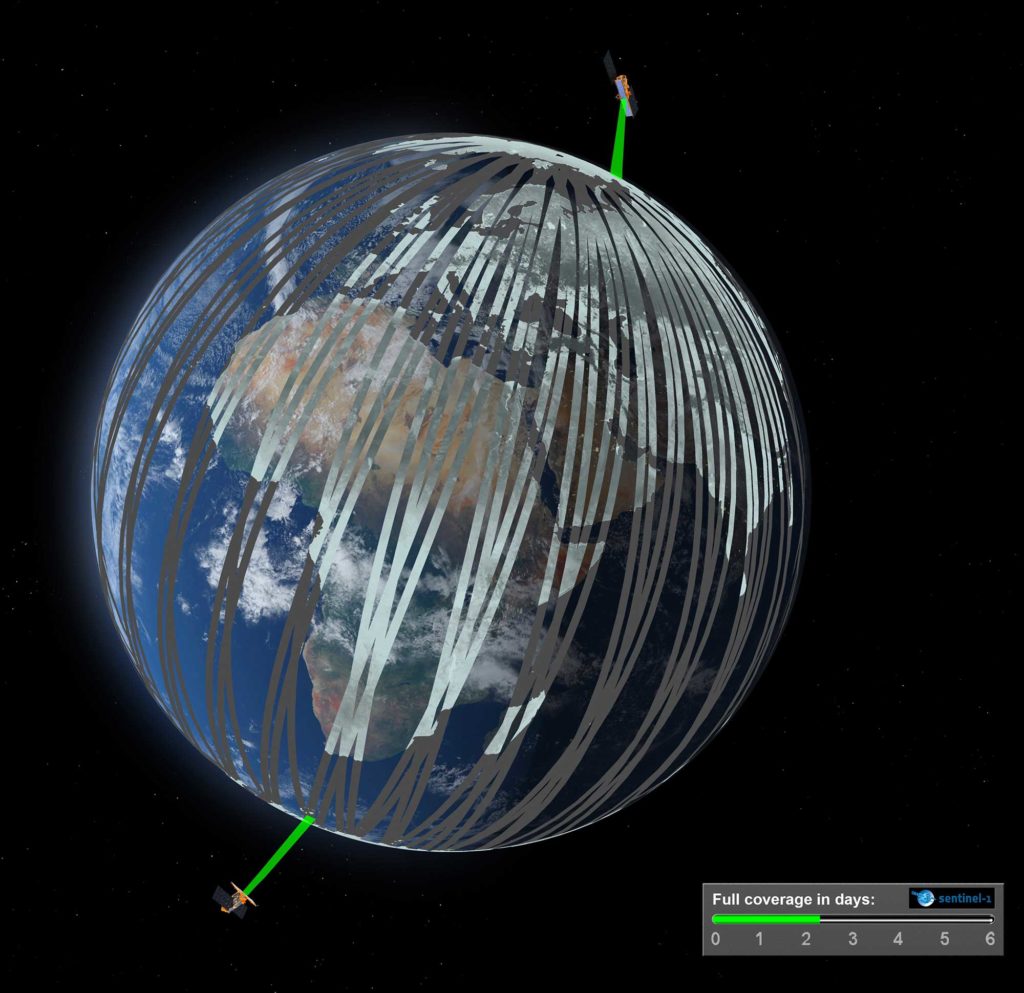
Between Earthworms and Satellites
For Sentinel-1, a satellite pair orbiting planet Earth to meticulously and regularly scan its surface, my allotment garden covers four pixels, almost. The pixels have a resolution of 10 x 10 meters. The essential thing about these pixels is that they are not sealed with asphalt or concrete. They can therefore absorb water. Together with other satellite pairs in the Sentinel family, these guardians measure, among other things, the size of the ice cap in the Arctic, monitor forests and marine environments, and calculate the risks of drought, floods, wildfires and other catastrophic events that follow in the wake of climate change. The Sentinels register if farmland is sealed, forests are cut, if algae blooms, and methane leaks. They remotely sense soil moisture, which in turn indicates how rich the local soil is in humus and organic carbon. At least twice a week the satellites scan my allotted land on Earth. If our allotment community continues to feed the soil microbiota with organic matter, the Sentinels will be fed positive environmental data from these tiny pixels that form part of a larger green infrastructure in the urban ecology.
In this post, and departing from the knotted site of the Nothing Forest, our team member Janna Holmstedt traces the history and cultural soilscape of a once thriving community. Read the full text in Swedish here.

